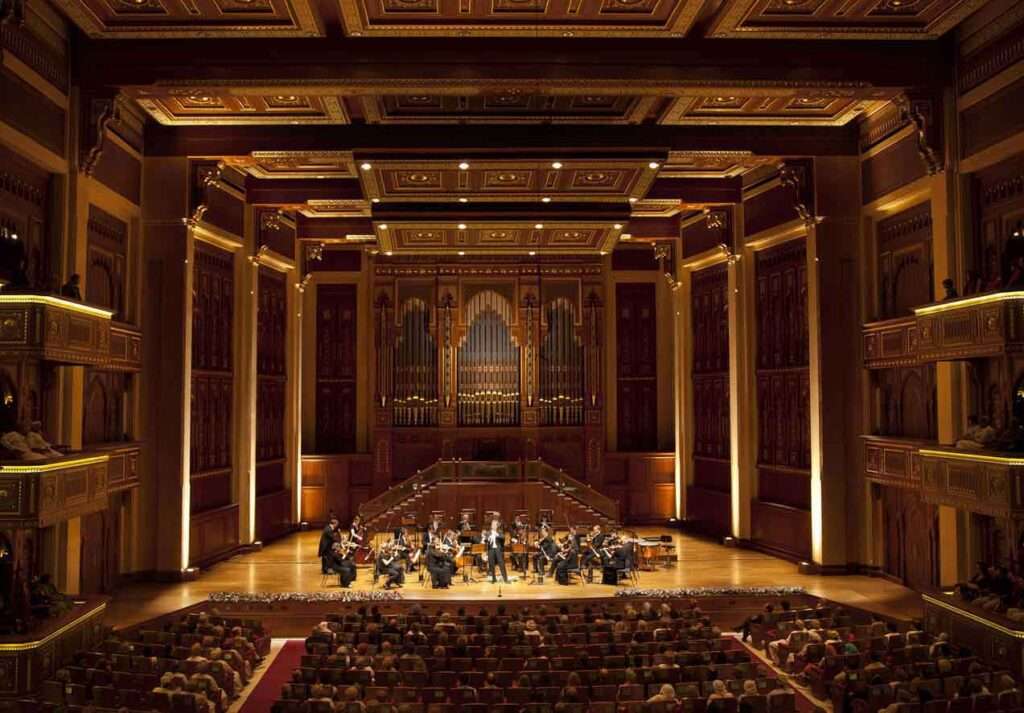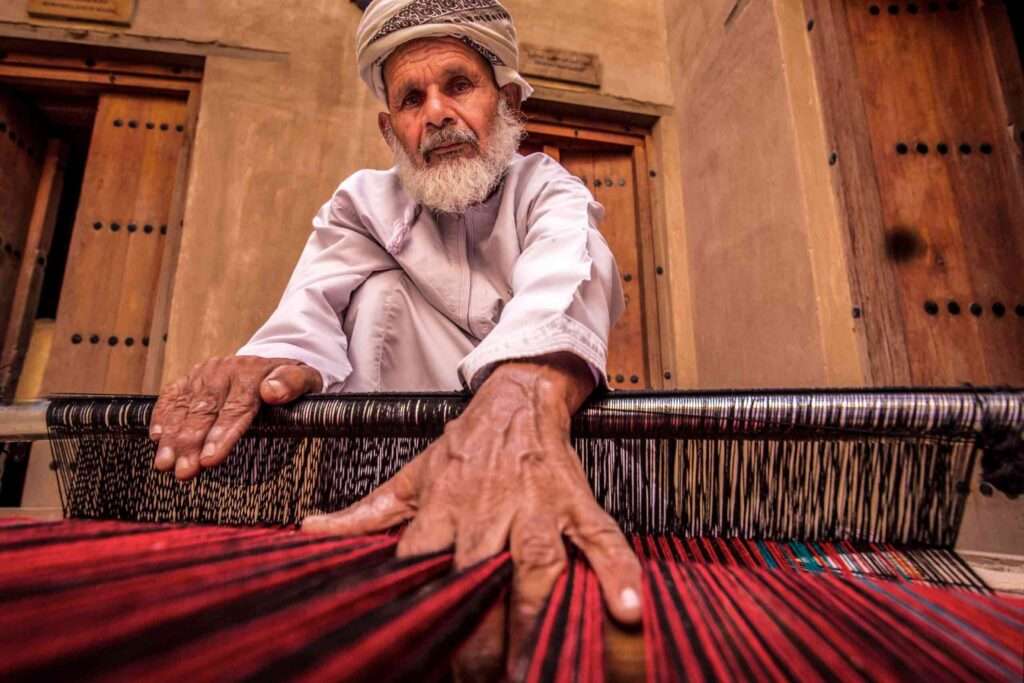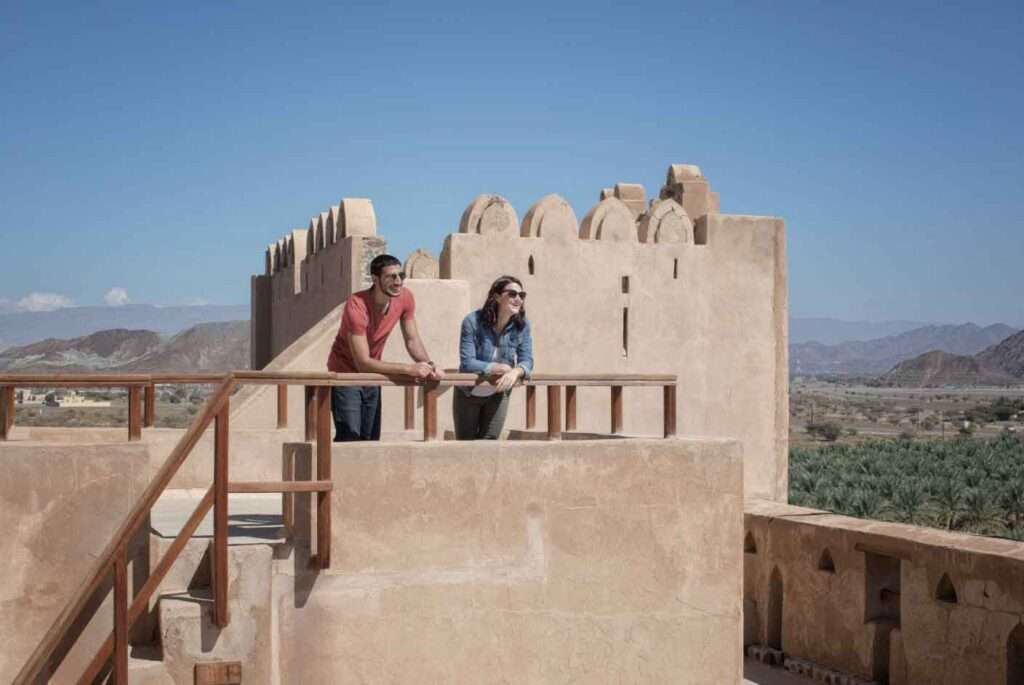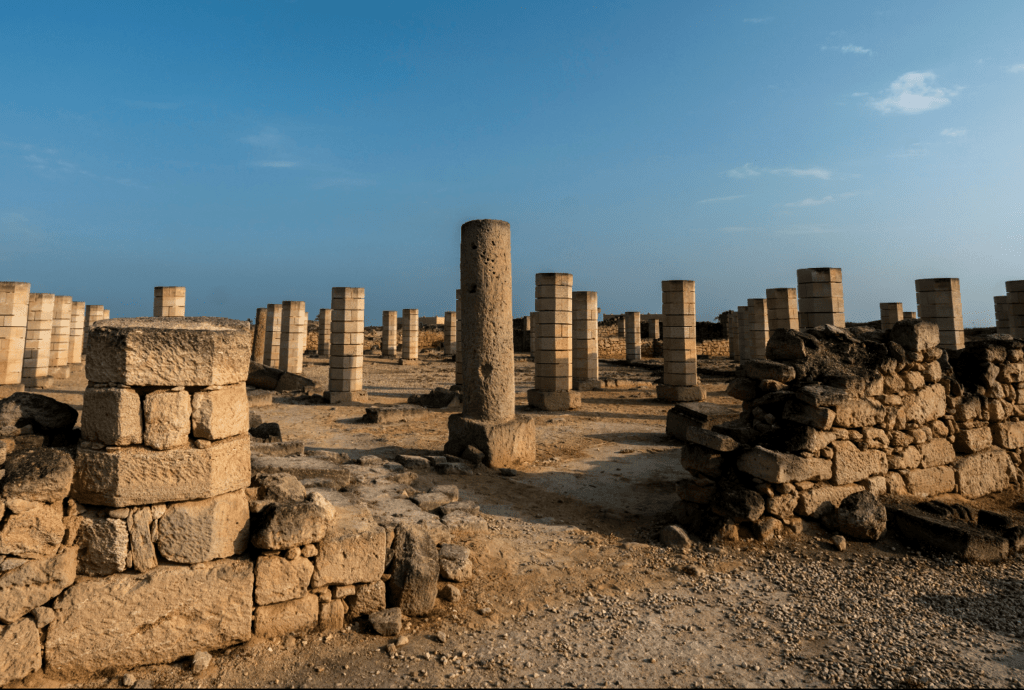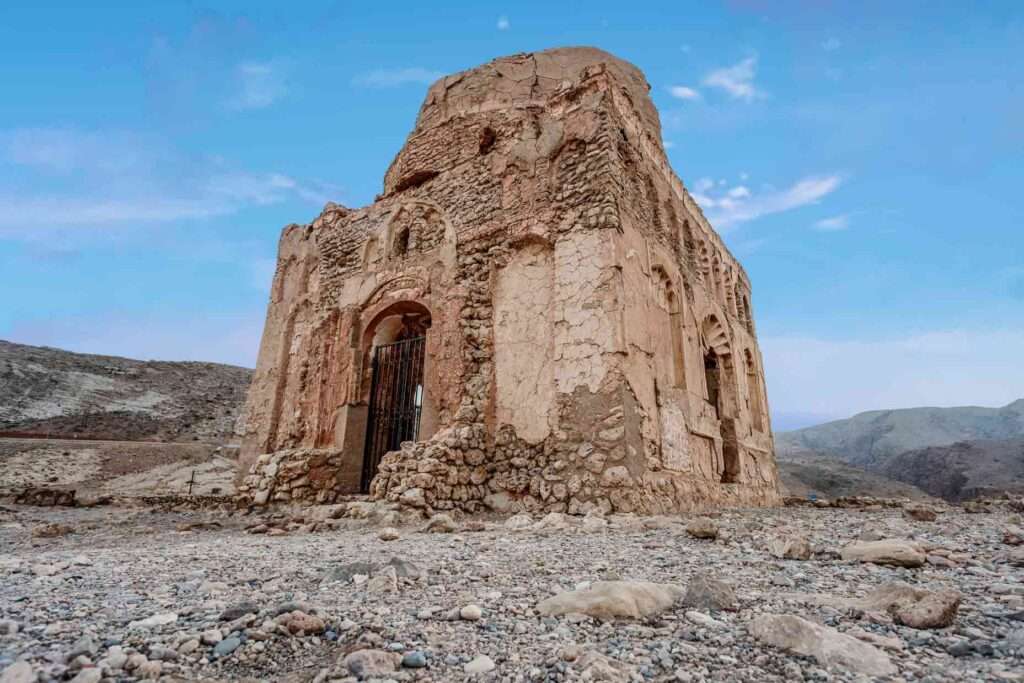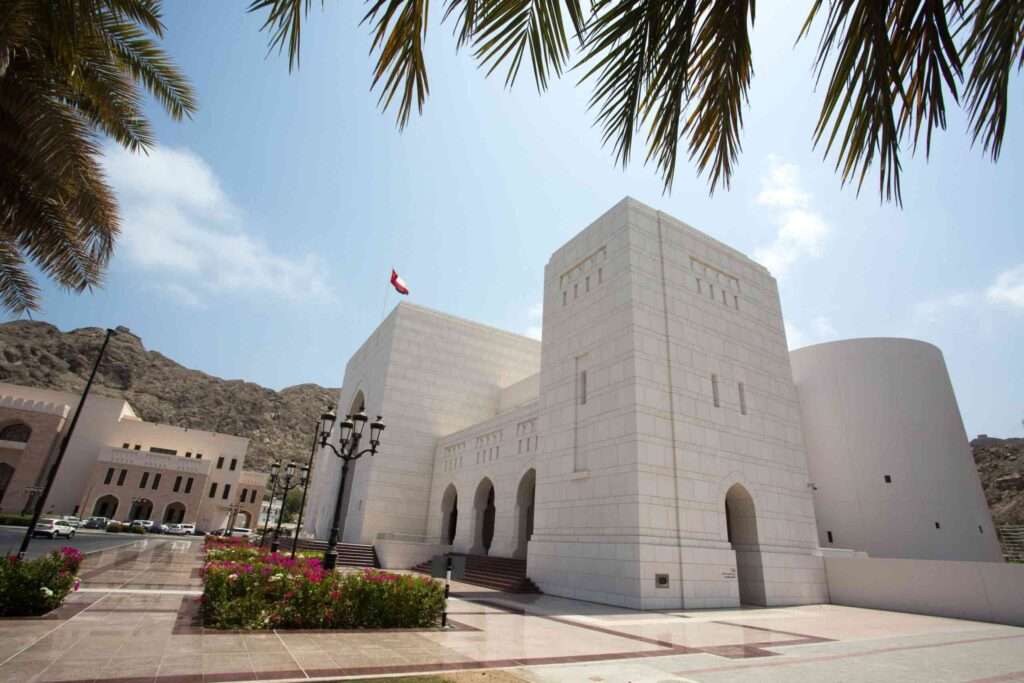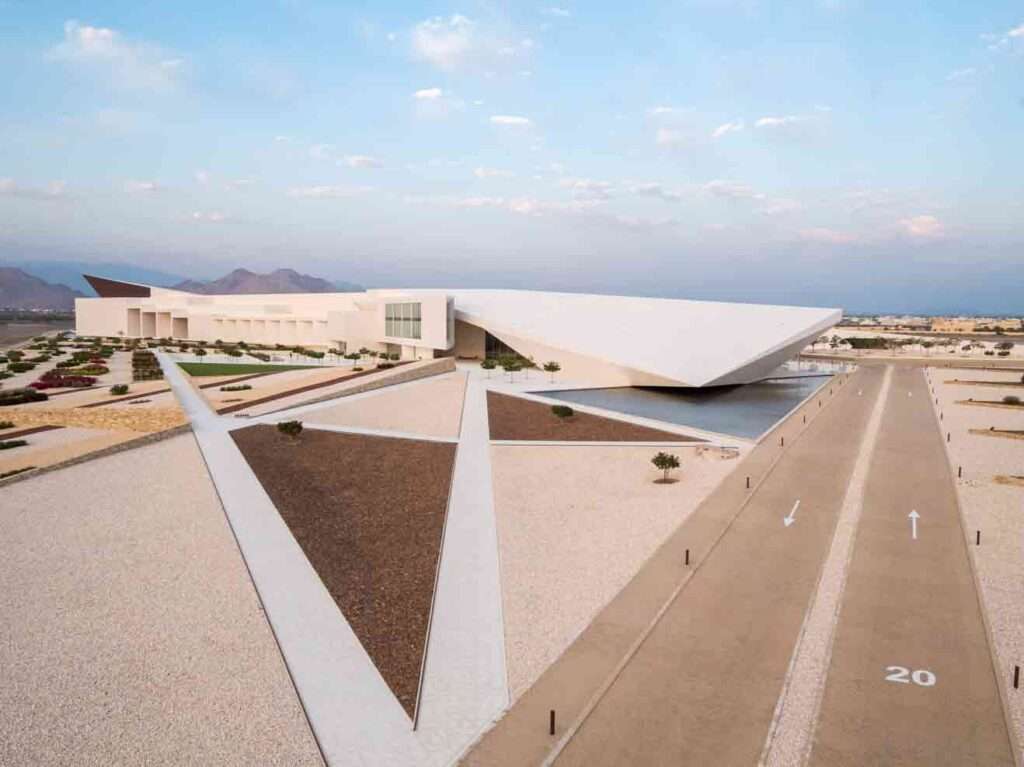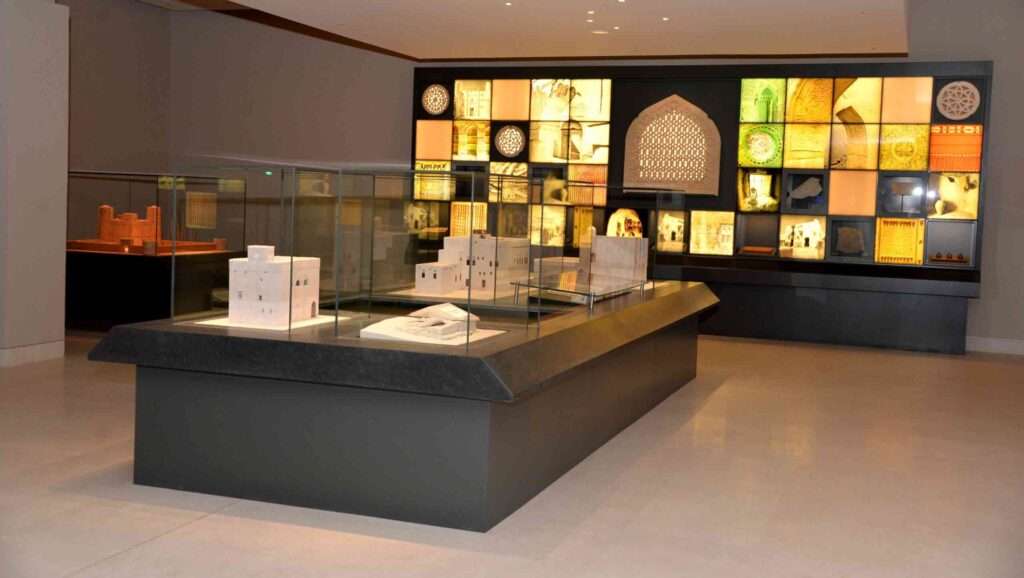Culture
The Sultanate of Oman is globally renowned for its unique culture and rich heritage, evident in its authentic Omani traditions, lifestyle, living patterns, societal cohesion, mutual support, architectural and construction arts, tools, products, and utensils used, as well as folk arts found in every province and region on various occasions and for all age groups. The nature of presentation or singing, performance or display, and the instruments or musical tools used vary according to the type of event, whether it’s social, military, national, or religious, and according to the coastal, nomadic, agricultural, or mountainous environment in which they are practiced.Omani traditional cuisine reflects an authentic Omani and Asian fusion that is unparalleled in flavor and taste. While Omani sweets are widely known across the Arabian Gulf, other Omani dishes have gained immense popularity, attracting tourists and visitors. Grilled meats, “mishkak” (grilled marinated meat), and “kabuli” (a type of Omani biryani) have become favorites for everyone, along with the preparation methods and accompanying events. Traditional markets showcase products used in Omani society as well as handicraft industries where Omanis demonstrate their creativity.Explore Omani culture and delve into its intricate details

